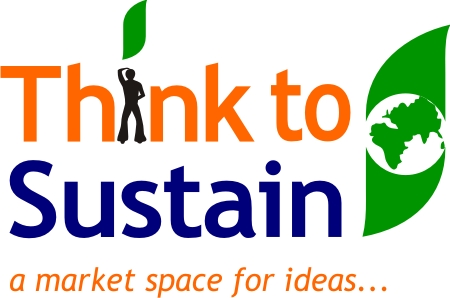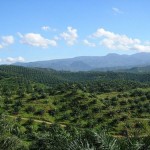Manila Most Exposed to Flooding and Typhoons
Manila, the commercial centre of the Philippines, is extremely vulnerable to the effects of climate change due to a combination of exposure to hazards, poor socio-economic factors and a low capacity to adapt. The city is predicted to grow by 2.23 million residents between 2010 and 2020, an increase of nearly 20%. It is particularly at risk of flooding and typhoon activity, having the highest exposure to these events out of the twenty growth cities. In July 2010, Typhoon Conson hit near to Manila killing 146 and affecting over half a million people. Events such as this could well increase in frequency and severity, which should make improvements to the adaptive capacity of the city a priority for the national government of the Philippines.
Poorest Sections of Society Bear Brunt of Exposure to Climate Related Hazards
“The expansion of population must be met with an equal expansion of infrastructure and civic amenities. As these megacities grow, more people are forced to live on exposed land, often on flood plains or other marginal land, adds Dr. Beldon. “It is therefore the poorest citizens that will be most exposed to the effects of climate change, and the least able to cope with the effects.”
This is witnessed by the large slum populations, which are present in many of the rapidly growing cities and where residents frequently have fragile livelihoods and poor access to basic resources, such as clean water. In Calcutta, which is predicted to increase by 3.1 million people to 18.7 million by 2020, approximately one third of the current population lives in slums. Calcutta is highly exposed to sea level rise and coastal flooding and the predicted population growth will place more people within these vulnerable areas.
Thailand Flooding Illustrated the Risks to Business
Thailand, another rapidly growing economy, is presently bearing the brunt of climate related disasters. Since July, over 350 people have died in the floods. The credit rating agency Moody’s estimated that the floods would cost Thailand more than $ 6.5 billion. The Central Government has cut economic growth forecasts accordingly. The concentration of technical firms in flood affected areas could well result in wider disruptions to global supply chains; Thailand is the world’s largest producer of hard-disk drives. In the face of climate change businesses with global supply chains and investors would do well to learn from Thailand’s recent flood experience.
About Climate Change and Environmental Risk Atlas 2012
The Climate Change Vulnerability Index forms a central part of Maplecroft’s Climate Change and Environmental Risk Atlas 2012. The Atlas provides analysis of the key risks to business in the areas of climate change vulnerability and adaption; emissions and energy use; environmental regulation; and ecosystem services. It also includes interactive maps and indices to enable the identification, evaluation and comparison of climate change and environmental risks, whilst sub-national indices focusing on exposure, sensitivity, forests, top soil degradation and water stress pinpoint risk vulnerability down to 25km² worldwide.
For more information, visit http://maplecroft.com/themes/cc/
Source: Maplecroft.








